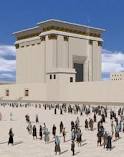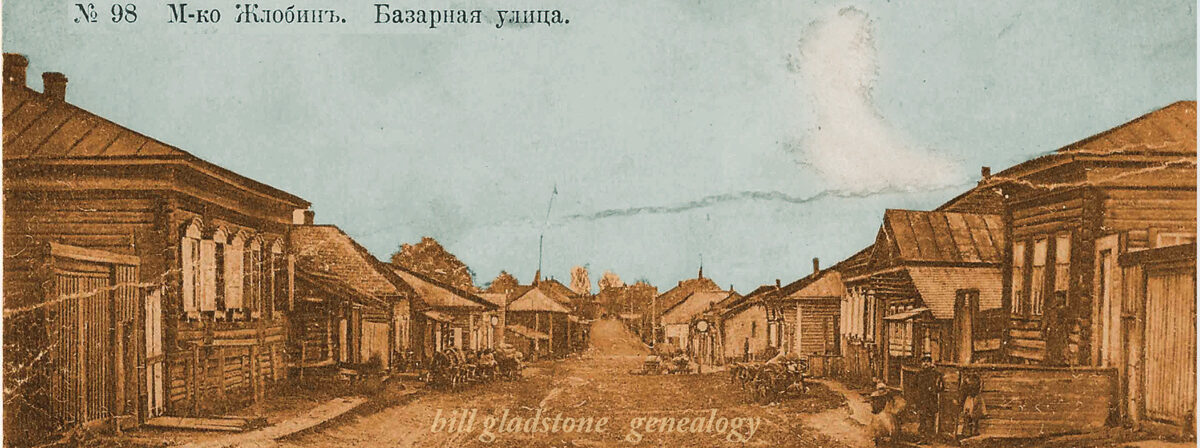 If you were impressed by the highly realistic street scenes of ancient Rome in the movie Gladiator, chances are you’ll be dazzled by the fully interactive, virtual reconstruction of the Jewish Temple and adjacent sections of Old Jerusalem that is on view in the Davidson Center, a museum that opened with little fanfare in Jerusalem about 18 months ago.
If you were impressed by the highly realistic street scenes of ancient Rome in the movie Gladiator, chances are you’ll be dazzled by the fully interactive, virtual reconstruction of the Jewish Temple and adjacent sections of Old Jerusalem that is on view in the Davidson Center, a museum that opened with little fanfare in Jerusalem about 18 months ago.
These big-screen images of the holy city of 2,000 years ago are generated by the amazingly powerful Silicon Graphics Onyx 2 supercomputer, a close cousin of the machine that produced the cinematic wizardry in Gladiator.
A guide sits beside the screen in the 35-seat theatre, using a keyboard and mouse to navigate the visuals as he provides a detailed description. The demonstration lasts about 40 minutes.
The project is the result of an extensive collaboration between the Israeli Antiquities Authority and the Urban Simulation Team at the University of California in Los Angeles. Every detail has been authenticated by a wealth of biblical, talmudic, archaeological and other sources. Many visual textures were photographed around the Old City and interpolated into the virtual reconstruction.
“We believe that this is the most exciting way to explain to non archaeologists — and even to archaeologists — what an archaeological site looked like,” said Jacob Fisch, an IAA spokesperson.
The demonstration begins with an elevated approach to the ancient city from the lofty vantage point of an eagle, with the buildings of its oldest quarter, the City of David, shifting in perspective below.
Soon we descend for a pedestrian-level look at the legendary Temple and vicinity as they appeared in the time of King Herod and Jesus Christ. The streets are populated by merchants, rabbis, Roman soldiers and other Biblical-era figures whose images were expropriated from old film stills supplied by Universal Studios.
As soon as visitors attain a first dramatic glimpse of the massive Temple, they may appreciate why it is sometimes included as one of the wonders of the ancient world. According to a saying from the Jewish Talmud, “He who has not seen the Temple of Herod has never seen a beautiful building.”
Key features of the virtual reconstruction include the street that formerly ran beside the Western Wall and the large bridging causeway that once led up to the Temple from the western side, joining the wall at the feature now known as Robinson’s Arch. In days of yore, city dwellers could purchase food and drink and even sacrificial animals in the market stalls beneath the bridge.
To the north, we glimpse the Antonia fortress, where the Roman 10th Legion was garrisoned. To the south are the monumental steps by which worshipers entered the Temple after purifying themselves in nearby ritual baths.
The steps are spaced so as to require a slow and reverent climb. Ascending them, we pass through the Hulda Gates and reach the huge manmade platform, known as the Temple Mount, on which the Temple was situated. Soon we are standing in the Royal Stoa, a colossal Roman-style public building that resembles an enormous pillared arcade. Biblical scholars conjecture that it was here that Jesus overturned the tables of the Jewish traders and moneylenders.
The Temple’s most sacred precinct, the Holy of Holies, was considered the main earthly point of contact between man and God. In Biblical times, only the Jewish high priest entered this mystical chamber, and only on Yom Kippur, the holiest day of the year.
Built within the remains of a 7th-century Umayyid Palace by the southwestern corner of the Temple Mount, the Center also displays a range of artifacts from the Second Temple era. Items include keys, inkwells, candles, ceramic jars and stone vessels. A coin stamped during the Bar Kochba period (about 135 AD) bears the image of an ark within four pillars — the first known artistic depiction of the Temple.
The Center also features artifacts from the late Roman period (70 – 324 AD), the Byzantine period (324 – 628 AD) and the early Islamic period (638 – 1099 AD).
The most prominent building on the Temple Mount today is the famous golden-topped Dome of the Rock. It was erected in the early Islamic era, more than 600 years after Rome’s 10th Legion destroyed the Second Temple in 70 AD.
Although several static models of the Temple may be visited around Jerusalem, the Davidson Center provides by far the best visualization experience. The Center lies within the Jerusalem Archaeological Park, a vast swath of terrain surrounding the southern Temple Mount in which some 5,000 years of archaeological remains have been excavated.
A visit here is bound to enhance one’s understanding of the roots of Judaism, Christianity and Islam; it will undoubtedly enhance one’s grasp of modern regional politics as well. Admission is by advance reservation and costs the equivalent of about $9 Canadian for individuals.♦
© 2002






